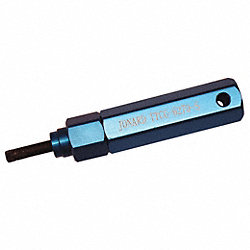Back when interference with wireless devices was analog, we could see or hear it. We could hear the pilots talking to the tower, or the Pizza delivery dispatcher, or see the double video image being broadcast by a neighbor who had improperly coupled his cable TV with his off-air antenna, but with digital interference, we can't readily identify it. I have spectrum analyzers with CRT displays that have faster response display times than do any more modern spectrum analyzers I have seen that enable me to sometimes find interfering carriers, but even then, I would have to know the exact frequencies of the wireless devices I was servicing and would have to have frequency selection capability to be able to do something about it.
A few years ago, I was contacted by a Glory Days sportsbar that uses wireless speakers at each table so the customer can select audio to match the TV they are watching. Their system was experiencing audio interference on over half of their channels that was severe enough to render them unusable. I wandered around the area and found offending signals and then worked with the manufacturer of the wireless system to write a "channel plan" that got them enough channels to use.
But even this story doesn't have the happiest of endings, however, The manufacturer had sent me about three dozen custom frequency allocation ROMs to insert in their tabletop receivers, but didn't put labels on them, so they were indistinguishable from the standard ROMS, and as those receivers were returned for service, and then after the local franchise closed and sent back the rest, they all got mixed in with others and caused nightmares for anyone other customer who received one as a replacement.





